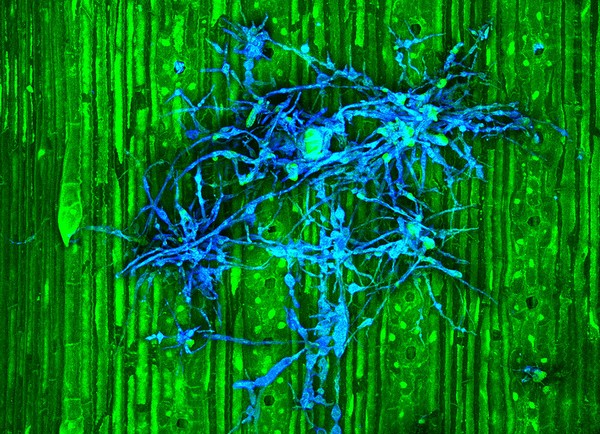Researchers have developed a method to monitor red needle cast from satellite imagery.
Their goal was to produce maps that accurately showed areas of possible red needle cast infection. Satellite imagery of three forest areas with known red needle cast infections were used to test out their approach.
Scientists created a method to recognise red needle cast in satellite imagery by defining what unhealthy foliage looks like, i.e. clusters of pixels with the same specified characteristics.
The model performed well, with accuracy of detection varying between 60 to 93 per cent. Accuracy is expected to improve as researchers add more locations and trial more advanced techniques to identify the unhealthy foliage. Results will be verified from field samples, processed in the laboratory to confirm the pathogen’s presence and avoid false detection.
This simple and repeatable methodology will be used in Scion’s pathogen monitoring programme in 2020. Thanks to this new method, the range of the annual red needle cast monitoring will increase substantially.
Current methods for monitoring red needle cast involve a lot of human observations taken from the ground at accessible locations. This information is useful for understanding what causes a pathogen to spread, but a far greater number of observations are needed.
Remote sensing via satellite imagery allows great progress. A lot of area can be covered quickly, more frequently and at a cost-effective rate. The maps created will guide field teams toward red needle cast infections and allow forest owners and managers to adjust their forest management activities, such as applying preventative treatments in following years.
Funders: Forest Growers Research, the Forest Growers Levy Trust and Strategic Science Investment Fund

